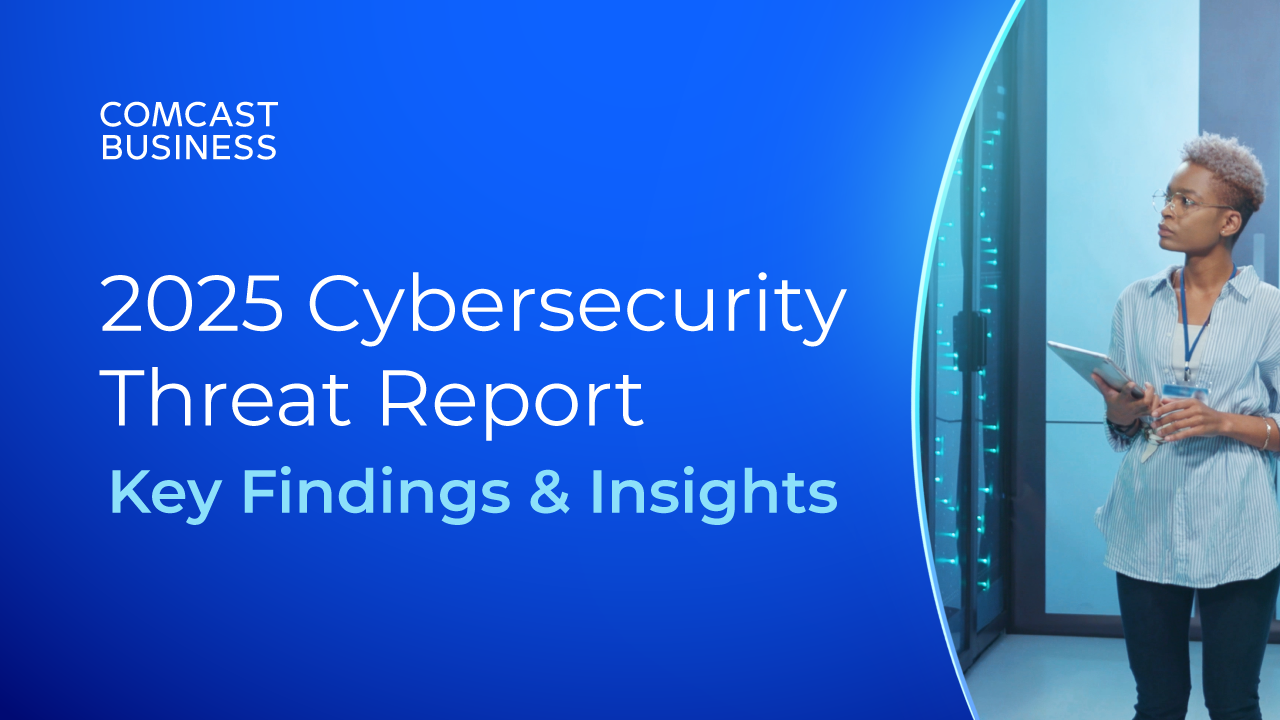Technology Standards Increase Brand Loyalty: Lessons for QSR and Hospitality Franchisees

Franchising is an important driver of the U.S. economy, accounting for 50 percent of all retail sales across 75 industries. According to the International Franchise Association, the 733,000 franchises contribute $404 billion to the U.S. economy and represent 7.6 million jobs.
Owning a franchise can be an attractive business proposition. It eliminates much of the work and risk involved with opening a business independently and gives the business owner the benefit of economies of scale in terms of purchasing, training and marketing. Franchisees receive ongoing support from the franchisor, and brand recognition is built-in from the start. While most franchise owners only own one unit or establishment, operating a successful franchise can create the type of wealth that allows the franchisee to open multiple businesses. We see this most often in the quick serve restaurant (QSR) and hospitality (hotel) segments.
While becoming a franchisee is a good option for business people with entrepreneurial spirits, it does require conformity to certain corporate rules, most of which are designed to create consistent customer experiences. Technology is a prime example: Franchisees cannot deliver consistent customer experiences across their brands with antiquated or disparate network technologies. That is why, when franchisors develop corporate technology standards, franchisees can reap significant business benefits by following them.
Technology’s Impact on the Customer Experience
Technology makes it possible for customers to start interacting with QSR and hotel brands long before they step through the doors of the establishment. Consumers have come to expect an omni-channel approach from hospitality and QSR companies. They demand the same or very similar experiences when interacting with businesses through websites, social media accounts and even on the phone, regardless of whether the business location is in Boston or Sacramento. In-store and on-property technology-driven experiences should also be consistent, from how customers order and pay, to digital signage, and the speed of the location’s WiFi service.
Most hotel and QSR franchisees understand the importance of providing free WiFi as a customer perk, but a robust technology infrastructure can help them create superior customer experiences in other ways:
- Artificial intelligence (AI)-enabled voice-assisted and chat bot technologies let QSR and hospitality customers order anytime, from anywhere.
- Mobile apps provide loyalty program functionality, personalized offers and menu or service suggestions based on a customer’s past purchases or visits.
- Kiosks let hotel guests check in and out of their rooms quickly, bypassing long lines at the front desk.
- Location-based services help franchise owners understand where their staff is at all times, so they can respond to guest and customer needs more quickly.
- Devices connected by the Internet of Things (IoT) and point of sale (POS) systems can trigger the automatic cooking or preparing of menu items the moment an order is placed. Hotel room IoT devices with Siri-like interfaces let guests request extra towels, order room service or call up a movie on Netflix.
- Cloud-based voice systems let hotel staff answer guest calls from anywhere and seamlessly transfer calls between extensions.
Improving data bandwidth, connectivity and internet speeds can also help franchisees improve back office operations by powering cloud applications, machine learning and big data analytics that provide valuable customer and operational insights. A robust technology infrastructure also allows franchisees to more easily and quickly share data beyond their four walls, to corporate headquarters and distribution centers.
Consider the case of Taco Bell, which needed a high-performance, redundant, highly-available network infrastructure throughout its 6,200 corporate and franchise locations. The QSR chain had launched several innovative technology solutions in recent years to improve the overall dining experience for its customers, including allowing people to place orders and pay both online and via the Taco Bell mobile app, digital menu boards, and free WiFi.
To help support these tech-centric operations, Taco Bell chose Comcast Business to roll out standardized, high-performance communication services to franchisees including:
- A new in-store managed WiFi network and managed router solution for each restaurant, capable of 20 Mbps downloads and 3 Mbps uploads minimum.
- 4G business continuity at each location.
- Redundant connections at each location – and to the network and corporate data centers – that create an always-on infrastructure.
- A distributed IPsec VPN network, providing the ability to collect and exchange massive amounts of data at very high speeds across Taco Bell locations.
Franchisees Benefit from Corporate Technology Standards
Managing technology issues including data networks, internet service, point of sale (POS), WiFi and phone service can take a huge chunk of time from a franchisee’s business day – time that is better spent on other operational activities. It also requires a level of IT expertise that many franchisees simply don’t have. Fortunately, with the franchisor’s support and corporate-driven technology standards, these issues are greatly reduced, giving franchisees more time and resources to devote to business-building activities.
Often, managed services from a network service provider can help tie disparate systems together and “fill in the gaps” as franchisees update their current infrastructure. Managed services can continue to play a role after the onboarding process by providing managed connectivity, WiFi, security, voice and business continuity.
For Taco Bell (see above), the new network infrastructure and managed services from Comcast Business allow franchisees to quickly and securely get access to corporate sales figures, trend statistics and electronic marketing and training materials.
Onboarding New Technologies
With a strong and clear strategic direction from corporate, franchisees can set themselves up for success in implementing new technologies and avoid piecemeal initiatives that can lead to missed opportunities and inefficient spending.
Support from the service provider is crucial during new technology onboarding. The provider should be agile and responsive and should provide a proof of concept before rolling out the new technology. A one- or two-location test run will help ensure that any kinks are worked out before a full-scale launch. And a dedicated client service executive will help to ensure success moving forward.
Franchisees may have to offset short-term profitability for long-term success when calculating the return on investment for improving their technology infrastructure. However, with standardization for wired and wireless connectivity, voice solutions, and data center and cloud connectivity franchisees will have the foundation they need to serve their customers in a way that supports their brand and builds their business.
Franchisees cannot deliver consistent customer experiences across their brands with antiquated or disparate network technologies.
Locked Content
Click on the button below to get access
Unlock NowOr sign in to access all content on Comcast Business Community
Tags
Resource Center
Learn how Comcast Business can help
keep you ready for what's next.










